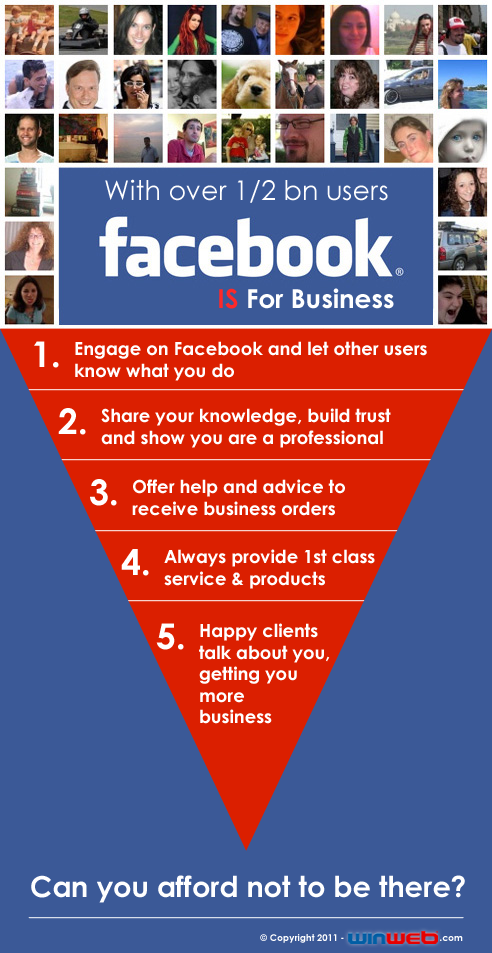Today, we all try to sell our skills to get the job
that we all dream about every day. Okay, may be not every day, but the point is
we tend to look for opportunities to expand our career to get that dream job. Before
we discuss effective ways of branding our skills, let us consider what exactly
are we selling? If you are in the Computer Science field, you are not only
selling your programming skills, or software development skills, but you are also
selling countless hours you have spent on successfully honing those skills. We
have developed our skills over a period of time, and as we head out in the “real
world”, we have to effectively sell our skills to tell the employers who we
actually are, and to achieve what we really deserve.
How
to Brand Yourself?
Now that we understand the importance of our skills
and what we are selling, let us look at some of the effective ways to brand
ourselves. When it comes to branding ourselves, networking is the most essential
tool. It is important to maintain our network because there are great amounts
of chances that you will get your dream job via networking. In most of the cases,
how it works is if some member from your network has a job opening, you will be
the first one to be informed, or you will be recommended by that member (And
that recommendation usually does the magic!). So, how do you get yourself into
a network? There are many possible networking sites that enable you to join the
network. Personally, I like LinkedIn
because it is the most “professional networking” site available.
What
is LinkedIn?
LinkedIn is a professional networking site that has
nearly 238 million users, and 3million business pages (1). Ever since LinkedIn’s
launch in 2003, LinkedIn is helping their users to network professionally with
others. LinkedIn allows its users to find their classmates, colleagues, alumni,
and clients who are connected with each other professionally. LinkedIn also has
very similar feature as Facebook of liking posts, joining groups, and sharing
interesting posts.
LinkedIn
for Networking
LinkedIn allows you to “connect” with your friends,
colleagues, and clients who share similar skills or know you professionally.
What is interesting about LinkedIn is their “Second-degree connections” and
“Third-degree connection”. These two features are one of the most important
things about LinkedIn networking. Additional connections work as if you have a
friend in your “connection”, then you can have an access to their connections
(known as “second-degree” connection), and you also have an access to
connection of “second-degree’s” connection (known as “third-degree” connection).
For example, if you have around “800 direct connections (then it) will give you
an overall network up to approximately 10 million individuals” (2). This means
that connecting to just 800 individuals will give an access to countless
individuals; thus giving you a great opportunity to enhance your career. Another
important feature of LinkedIn includes "following" specific companies that users
like. For example, if I like Google, I can follow Google, and I will be able to
see every updates they make on their official page. Following companies you
like is important because they might update “job openings” via their LinkedIn
page. Third important tool to consider when expanding your network via LinkedIn
is joining groups. For instance, I am associated with Computer Science group of
San Jose State University, where group members’ posts about upcoming events
that are related to Computer Science, or job opportunities. Lastly, LinkedIn
will automatically posts some interesting job opportunities on your home page
based on your interests, skills, and other information that you have provided
on your profile.
Overall, LinkedIn is an effective way of networking
with millions of members. LinkedIn is an endless network which enables you to
expand your professional career. I hope you enjoyed reading about LinkedIn and
branding. I will be looking forward to your replies, and suggestions to improve
my blog posts. Thank you for your time!
Reference:
2.
http://biznik.com/articles/the-truth-about-linkedin-2-3-degree-connections-and-whether-to-ignore-them-or-not

